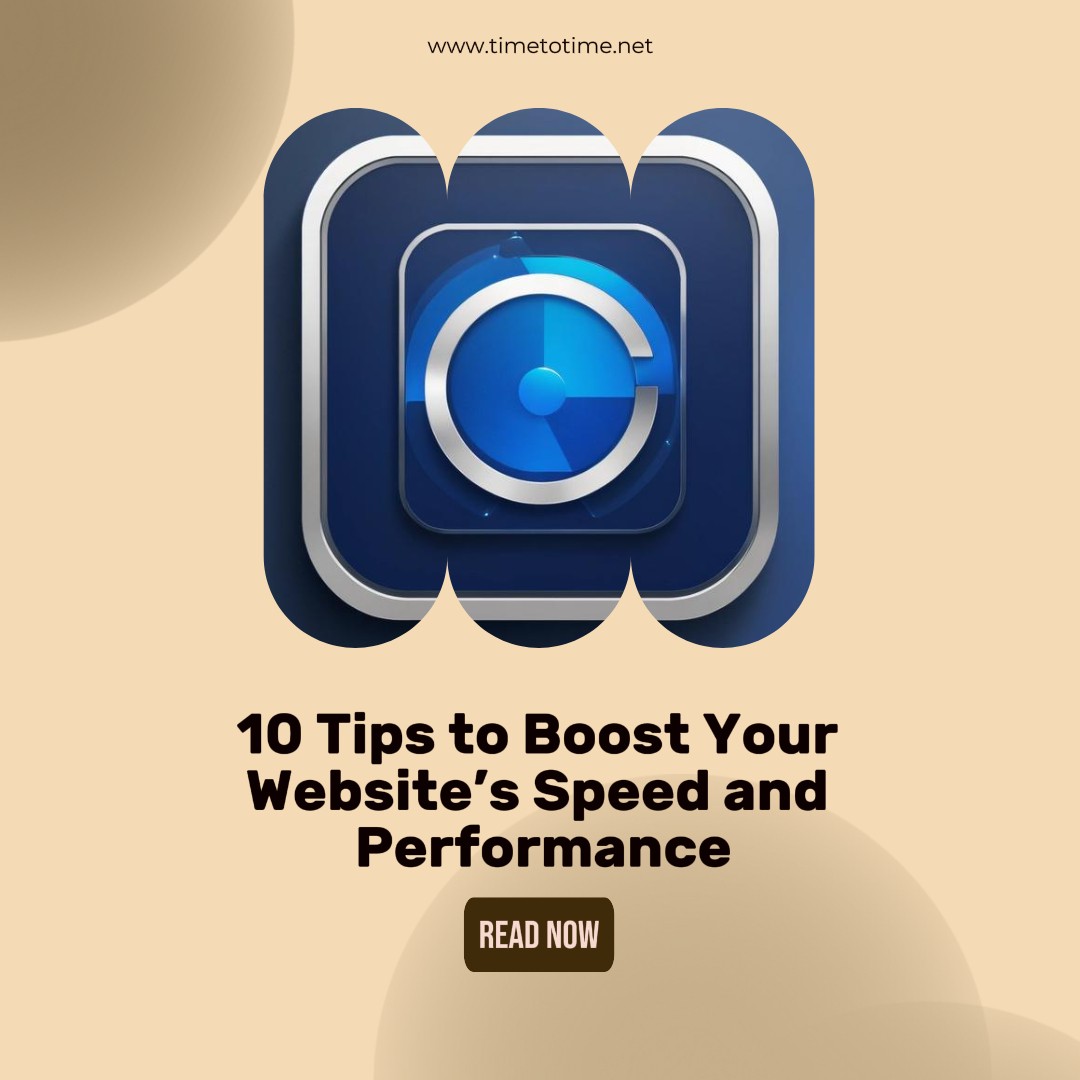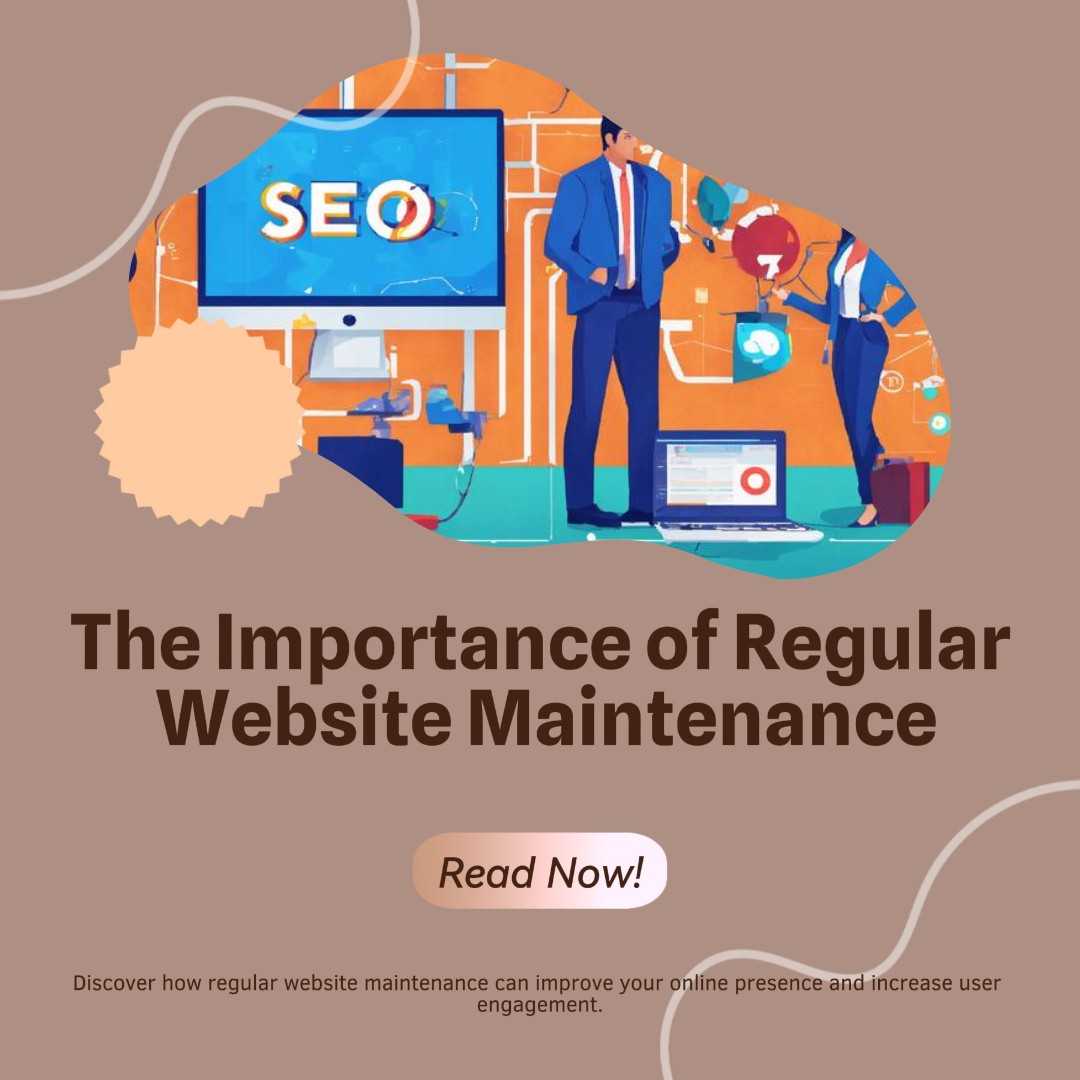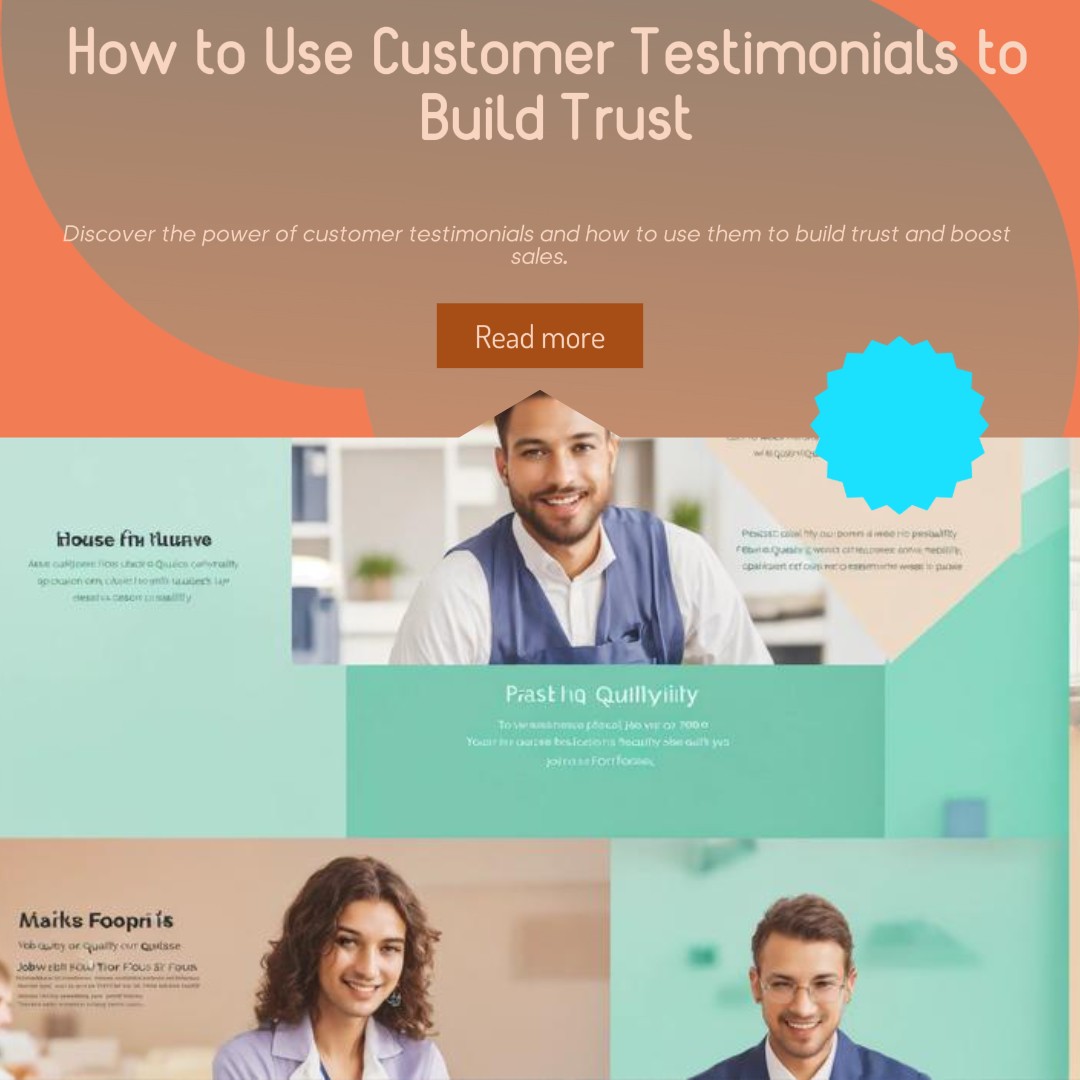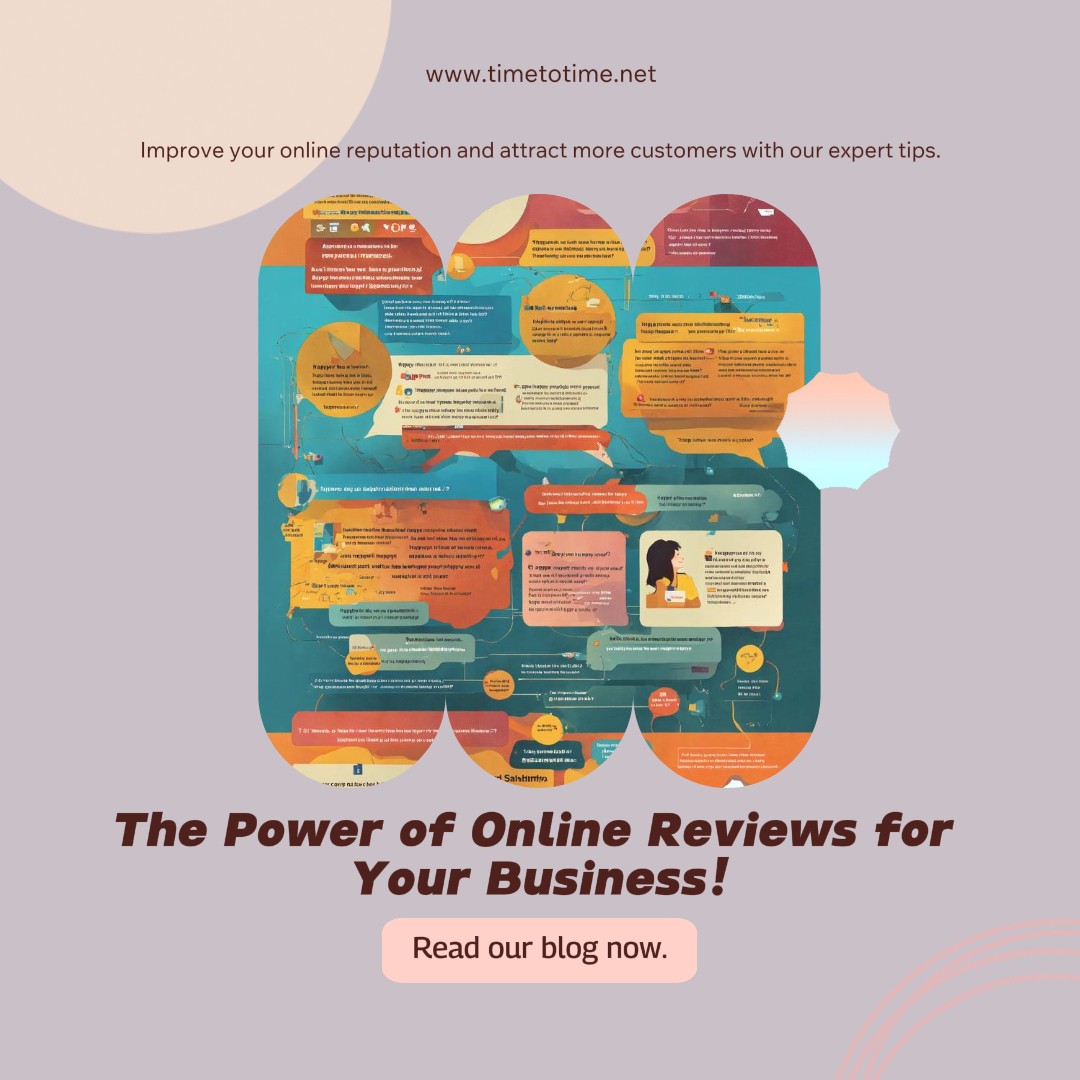Having a website is a must in today’s time and day, but just anything would not work. The thing that matters most is how well your website can convert its visitors into customers. Be it an e-commerce store, a blog, or service-based business, the conversion rate of your website is the lifeblood of your online success. But how do you turn passive visitors into active customers? In this article, we try some of the proven strategies for boosting the conversion rate of your website in such a way that you can be assured about reaching the results you fight for.
Table of Contents
Table Of Content
Introduction
In today’s online world, with a million options, it all begins with an aptly designed website. But the bigger challenge remains in the art of converting casual browsers into loyal customers. Conversion rate optimization in simple words is the process of enhancing your website to make more visitors take the desired action, whether it be purchasing, signing up to a newsletter, or filling out a form. Most are those who dive into actionable strategies that will help one increase their website conversion rate, and this article does precisely that.
Understanding Websites’s Conversion Rate
But before we dive into the strategies, we first have to understand what the conversion rate is. Your conversion rate is simply the percent of visitors who take an action that you want them to do on your website. This would be when 1,000 people come to your site and 50 make a purchase-your conversion rate in this case is 5%. What, however, causes that number to fluctuate? Everything plays a factor, from how your website is designed to the content that’s produced.
What’s a Good Conversion Rate?
Whereas conversion rates differ by industry, a good benchmark level can be taken as any number from 2% to 5%. And the higher, the better. Even small growth in the conversion rate may bring huge revenue growth.
The Importance of User Experience
Imagine going into a shop and not being able to find what you want, the aisles cluttered, and the staff just not wanting to be much help. You would most likely leave with nothing bought. That’s just the basic principle of how your website works. UX is about making your website very easy to use, intuitive, and enjoyable. Good UX basically translates into more people staying on and eventually converting on your website.
Key Elements of Good UX
- Intuitive Navigation: The customer should find what they are looking for with ease.
- A neat layout keeps the number of items displayed at their barest minimum, eschewing any kind of clutter.
- Fast Load Times: Slow sites end up frustrating users and increasing bounce rates.
- Hence, responsive design ensures your site looks great and works on all kinds of devices.
Optimizing Website Design
Design is the first impression of your website. A clean, professional design makes a world of difference. But it is not just about looking pretty; your design should move visitors to action.
Visual Hierarchy
Employ visual hierarchy to take the visitor’s eyes through a natural flow, and direct them first and foremost to the most important elements. That would be your CTA button, special offer, or key information. So use contrast, color, and size to draw the attention to these items..
Consistency in Branding
Consistency in colors, fonts, and overall design creates a cohesive experience; it makes people trust and become more familiar with your brand.
Compelling Calls to Action (CTAs)
The call to action is going to prove to be the gateway to conversions. Be it a “Buy Now” button or a “Sign-up” form, CTAs should be striking yet clear.
Crafting Effective CTAs
- Use Actionable Language: Using words like “Get,” “Start,” or “Join” will encourage users to take some action.
- Create Urgency: This could be in the form of a “Limited Time Offer” or “Only a Few Left” to get people to take action now.
Make CTAs - Stand Out: Contrasting colors and bold fonts in your CTAs make them impossible to miss.
Leveraging Social Proof
People generally follow the crowd, and in case they are puzzled, then show them some social proof-reviews, testimonials, case studies-nothing too difficult to lift one’s conversion rate with trust creation in them.
Types of Social Proof
- Customer Reviews: Highlight the positive results your customers have experienced with your business.
- Social Proof: Highlight quotes from current customers that can attest to satisfaction with the product or service.
- Case Studies: Tell longer stories where the product or service helped another business in question.
- Trust Badges: Displaying certification, awards, and security badges that help this idea of trust become a little bit stronger.
Streamlining the Checkout Process
The checkout process can be quite convoluted or very long-the very reason for cart abandonment. Make this process smooth, and it can make all the difference in your conversion rate.
Best Practices for Checkout Optimization
- Simplify forms-ask for no more information than is strictly required for whatever it is you’re asking.
- Offer Multiple Payment Options: Offer a range of options from credit cards to digital wallets to cover different preferences.
- Guest Checkout: The ability for a user to make a purchase without even creating an account.
Personalization and Targeting
Personalization goes beyond addressing customers by their first names. It’s showing relevant content, offers, and recommendations based on their behaviors and preferences.
Effective Personalization Techniques
- Behavioral Targeting: Using data from visitor behavior on your website, deliver personal touches to them.
- Dynamic Content: Show variable content on your website according to the location of users, device types, or other previous activities.
- Email Marketing: Trigger an email that shows personalized content matching their interest and behavior.
A/B Testing and Continuous Improvement
A/B testing, otherwise known as split testing, is a method used to compare two versions of a webpage or an element in competition with each other, in competition, to see which one resonates better. This can be a very strong tool in understanding what works with your audience.
How to Conduct A/B Tests
- Identify Testable Elements: Good candidates include headlines, CTAs, images, and layouts.
- Run One Test at a Time: Once you want to clear your results, test only one element at a time.
- Analyze Results: Stats will pop up, showing what variation resulted in the most conversions, and make that variation live.
Mobile Optimization
With mobile devices becoming the favored browser, having an optimized website for mobile users is no longer important-it’s a necessity. The website should be mobile-friendly; it’s not a nice-to-have, it’s a must-have.
Steps to Optimize for Mobile
- Responsive Design: Your website automatically morphs to fit different screen sizes and orientations.
- Touch-Friendly Buttons: Ensure that buttons and links are large enough that thumbs can easily tap them.
- Easier Navigation: Make sure to use an easy-to-navigate, lightweight menu that will not overwhelm users on smaller-sized screens.
- Lightning Fast: Mobile users want information in seconds, so ensure your website loads as fast as possible on mobile devices.
Content that Converts
Content is king, but it is not all created equal. Quality relevant content will attract the visitors, but it will also convert them into customers.
Creating High-Converting Content
- Add Value: Give them content that solves problems or answers questions.
- Use of Persuasive Language: The use of persuasive language will invoke action.
- SEO Optimization: Optimize your content through SEO so that it may catch the eyes of much traffic.
Reducing Page Load Time
A slow website may add extra bars to visitors. Studies have shown that a one-second delay tends to take conversions down a lot .
Tips for Faster Load Times
- Compress Images: Large images may make your site slow; compress them to reduce its load time.
- Reduce HTTP Requests: The fewer elements on your pages, the faster they load.
- Browser Caching: You should enable browser caching to allow your site to load more quickly for returning visitors.
- Use a Content Delivery Network: A CDN can take your content and distribute it across multiple servers across the world, therefore shrinking the load times for people all around the world.
Analyzing and Utilizing Data
The data will be your best friend in understanding visitor behavior and how to enhance the conversion rate. By regularly analyzing the performance data of your website, you definitely will understand what works and what does not.
Key Metrics to Monitor
- Bounce Rate: These are the number of people that come onto your site, only to see one page and then leave.
- Average Session Duration: The length of time a visitor spent on your site.
Conversion - Rate: Percentage of visitors who perform a desired action.
CLV – Customer Lifetime Value: - The total revenue that a business can anticipate from a single customer account.
Using Data to Make Improvements
- Weak Points: Use the data to know where the visitors are falling off or losing interest.
- High-Traffic Page Optimization: It gives you the focus of the highest possible conversion rate for the pages that have the most traffic.
- A/B Testing Results Tracking: Always keep track of the versions that do well on your pages over time, so that you can realize which one converts.
Conclusion
Well, in conversions, your website is a combination of strategy, testing, and continuous improvement. Focus on the user experience, optimize the design and CTAs, put to good use social proof, and make personalization of customer experiences-small things that make a huge change in some time. Just keep at testing, learning, and refining. And voilà, your website will take off in no time.
FAQs
1. What is a good conversion rate for a website?
The general good conversion rate falls between 2% and 5%, but it shall depend on the industry among other factors and audience.
2. How can I improve my website’s load time?
You can improve the load time by compressing the images, reducing the number of HTTP requests, enabling browser caching, and making use of a content delivery network.
3. Why is mobile optimization important for conversion rates?
As increasing numbers go online through their mobile devices, optimization for mobile not only provides a better experience to them but also helps retain visitors from quitting your website due to the poor usability of your website.
4. How does A/B testing help in conversion optimization?
A/B testing means pitting two varieties of either a webpage or an element against each other to understand which one performs better; hence, data-informed decisions for improving conversions.
5. What role does social proof play in increasing conversion rates?
Social proofs such as customer reviews and testimonials provide that trust factor and credibility that will probably influence your visitors’ minds quite a bit in converting them.






